Denise
Professor Communication and Media
Denise is a devoted organic gardener who challenges herself to live as sustainably as possible in her home in southeastern Pennsylvania. She is a professor in the Department of Communication and Media at West Chester University with a Ph.D. from Kent State University. Her teaching and research areas consist of sustainability, close interpersonal relationships, integrating work and family, and conflict resolution.
Learn more about Denise
May 2, 2022
In the Garden of Deeden: Natural Fertilizers
The soils in Amazonia are so notoriously poor in nutrients, that plants have evolved diverse ways of capturing nutrients from dead leaves, stems, bark, fallen fruit and more. So successful are these plants in recycling nutrients that the vast majority of the nutrients in the rainforest are found in the forest biomass, not in the soil. However, this cycle is disrupted when forest is cleared for agricultural land.
Shifting cultivation is a wide scale global practice that goes back generations. It is commonly referred to as “slash and burn” which sees a farmer clear land and burn the trees on the site, called a swidden, releasing the stored nutrients in the biomass into the soil. The fire also retards weed growth. This practice affords perhaps three to five years of soil fertility before either commercial fertilizer needs to be employed, or an adjacent area of forest is cleared and the process repeated. A rotational system of cutting, burning and growing permits the forest over the years to reestablish on the earlier abandoned areas. For millennia, given the small number of people engaged in this form of agriculture, the overall forest biodiversity was not harmed, but with the advent of industrial farming on a large scale, not only is there serious deforestation damaging the natural biodiversity of the forest, but a heavy reliance on commercial fertilizers is a must. This has its own cascading effects on environmental quality.

Here in the northern latitudes we are fortunate to have large regions with abundant soil fertility. Growing crops in these soils though, still depletes the soil of nutrients leaving us to decide how best to amend the soils so we can enjoy a bountiful harvest year after year. I have discussed in previous blogs the vital nutrients needed to grow crops successfully. The best-known combination is NPK (nitrogen, phosphorus, and potassium). When you buy commercial fertilizer, these three nutrients will be the primary items, although plants require and thrive with small amounts of other minerals as well.
Since commercially prepared fertilizers are petroleum-based, some gardeners, like me, seek other sources to obtain these nutrients. Of course, I use composted material, but it isn’t always easy to determine what percentages/levels are present of those three main nutrients.
For example, bat and bird guano provide ample amounts of nitrogen and calcium. I tend to use bonemeal (yes, it is ground up bones) for a source of phosphorus and blood meal (yes, it is ground up dried blood) for a source of nitrogen. Just to illustrate, I use the bonemeal when I plant potatoes, and I use wood ash (a friend donates his fireplace ashes, and I scoop out ash from my chiminea, both a small nod to slash and burn practice) in the fall when I plant my garlic crop and follow up with blood meal in the spring when it begins to grow again.
Purchased blood meal which you can see has been tested for its NPK levels
Purchased bone meal which has an NPK ratio about 3-15-0 and, like blood meal is a slow-release fertilizer
Wood ash which I will crush more before using in the garden, although it could go into the compost bin as is
However, aside from the wood ash (which I can obtain for free) nutrients such as blood and bone meal, as well as others can get expensive if you plant a large plot. If you wish to minimize costs, there are scraps likely in your kitchen that can aid the nutrition of some of your crops or flowers. For example, plants that are considered acid-loving, love getting dressings of coffee grounds around their base. This includes but is not limited to blueberries as well as azaleas and hydrangeas. Plus, my vermicomposting worms LOVE coffee grounds.
If you wish to minimize costs, there are scraps likely in your kitchen that can aid the nutrition of some of your crops or flowers, like egg shells, coffee grounds and banana peels.
When I moved into my home, I found quite a lot of oyster shells in the soil. Whereas I think the previous owners had the right idea since those shells offer calcium – a necessary nutrient – they probably would have been better served to have crushed those shells into tiny shards. Soil and plants also can benefit from rinsed and crushed eggshells, which also provide calcium. They break down slowly, but that is OK since this is more of a trace mineral/nutrient as compared with nitrogen which is absorbed in large amounts. (Remember from an earlier blog that some plants provide nitrogen to the soil – like beans and peas – so there are multiple options for putting nitrogen into the soil).
Chicken manure is a fabulous source of nitrogen. I typically placed the droppings from my lovely ladies into my compost bin. The nitrogen is so high such that if one were to place it directly into the soil with plants, it very well could burn the plants. When I lived in rural Virginia, the farmers often would spray diluted poultry droppings onto their crops.
Another fertilizer I tend to use regularly is fish meal or a purchased, concentrated liquid fish fertilizer. I have to be honest. It stinks. Really awful stinky. However, the plants seem to love it. This preparation is more of a foliar feed – I’m spraying the green part of the plant rather than placing nutrients at the base of the stem.
Purchased fish fertilizer, and some prepared brands sell a mixed concentrate of fish and kelp meal
Banana peels also can be a very effective fertilizer for many plants, although much of the information I’ve followed has looked at it as a houseplant fertilizer since they add potassium and small amounts of nitrogen, phosphorus, and magnesium in a slow-release method. Some methods advocate chopping the peels and burying them in the pots whereas other methods advocate making a banana peel water.
Of course, there’s the vermicompost tea that I referenced in my blog post about vermicomposting. This means taking some of the finished worm castings and putting them in a gallon of water. For a larger scale operation, you could use more castings and fill up a lidded garbage container, although I wouldn’t recommend letting this sit around too long, especially in the hot sun.
As with other posts of mine, this list is not even close to being exhaustive. It only reminds me of the nearly endless possibilities for recycling, composting, reusing, and upcycling. Go ahead and experiment, and see what works best for you and your garden!
